No Fixed Abode: To Cool Off the Planet, Just Add Hot Hatches

As I write this, one of my favorite race tracks is entirely underwater. Many years ago, I wrote for a Houston-based automotive website and we used MSR Houston as a testing facility. It was also the track where I nervously watched my little brother start his first wheel-to-wheel race back in 2013. Now the start/finish flag station looks out over a mirror-finished hurricane lake stretching to the horizon.
Every time something like this happens in the United States it tends to get people talking about climate change and what can be done to slow or halt the process. Predictably, the privately-owned automobile comes in for a fair share — maybe more than a fair share — of criticism as a result. I couldn’t tell you if the internal combustion engine actually makes a difference to the climate, and I suspect the facts are less clear than they are made out to be, but it doesn’t matter. Enough people believe in anthropogenic global warming (AGW) for public policy to be affected as a result. Nobody in Salem was really a witch but that little fact didn’t save anybody from being burned at the stake. The same is true when it comes to climate change and the automobile.
Sports cars and performance cars are a favorite target of the save-the-earth crowd, of course, but I think I can make the argument that increased availability of fast cars in general — and “hot hatches” in particular — can actually make a positive impact on carbon-dioxide emissions. Are you skeptical? Read on, my friend.
In fact, laying off the Corvette summers wouldn’t help even if everybody did it. Crushing every Corvette ever made wouldn’t save the planet. There just aren’t enough of them out there. Last year Chevrolet made 40,689 Vettes in total. There are probably fewer than a million Corvettes in active circulation. (Most of them are currently in some old man’s garage preparing for a vigorous Saturday of Cars, Coffee, and Zaino, but that’s besides the point.)
Contrast that relatively paltry figure with 88.1 million, which was the global vehicle sales total for 2016. The vast majority of those vehicles were anything but sporting, so my back-of-the-envelope calculations suggest that if we could increase the efficiency of next year’s new cars by just five percent it would make a bigger difference to the climate than getting rid of every sports and performance car on the road today, period.
The good news is that we could do that easily. In fact, we could do double that, no problem. All we have to do is to convince every new-car buyer to get the “normal” sedan or hatchback version of his car instead of getting the crossover version. As an example, the current Honda CR-V gets 28 city and 34 highway, but the equivalent Civic gets 32 city and 42 highway — a difference of about twenty percent. And those are just the government numbers. A quick examination of sites like Fuelly shows that the real-world difference between sedans and crossovers is even greater, probably because EPA tests are notorious for underestimating the effects of curb weight.
Crossover mania isn’t just limited to the United States, by the way. Our supposedly superior European cousins have gone absolutely nuts for them, as have the Chinese. So this isn’t just a matter of Jane down the street getting a CR-V instead of a Civic — it’s also Jean in France picking a Renault Kadjar over a Megane. Get rid of crossovers, and all of a sudden the CO2 emissions of the global fleet falls dramatically, as does fuel consumption. It’s a win-win for the planet and the economy. The only sticky question is: How do you make that happen?
After all, people want crossovers, and that’s doubly true for people who don’t have much automotive enthusiasm running through their veins. My compatriots in the car-journo game tell me all the time that nothing can stop crossover mania. When I hear that, I think about the fact that the 1964.5 and 1965 Mustangs sold a total over over 686,000 units. This was a kind of car that didn’t exist at the beginning of 1964, mind you. Nobody knew they wanted it until they saw it — and then they wanted it. So what we need is a modern answer to the 1964.5 Mustang, something that will cause people to run en masse towards a more efficient and responsible vehicle.
In the meantime, however, we need to get the automakers to build high-performance, high-profile, high-excitement versions of their everyday cars. Why? It’s been shown over and over again that people acquire their automotive preferences early in life. If we get young people excited about actual cars, and by “cars” I mean vehicles that don’t look like toasters on stilts, then they are more likely to buy real cars in the future instead of jacked-up cars that use more metal, rubber, plastic, and fuel to no particular purpose other than sitting higher in traffic.
Cars like the Civic Si and Fiesta ST and Elantra GT are absolutely critical to this idea of keeping people excited about the traditional automotive form factors. We need more of them, and they need to be cheaper both to purchase and to insure. Otherwise, young people will gravitate to stuff like the Toyota C-HR. A fine vehicle, but it’s clearly meant to put its owners on the road to a lifetime of crossover and SUV ownership. I’d rather they bought a Toyota 86 and started on a road to a lifetime of coupe and sedan ownership.
It doesn’t matter that the performance variant of a regular car might be less efficient than the equivalent crossover, because most customers won’t always buy the performance variant. Yesterday’s Civic Si owners are tomorrow’s Accord owners, but yesterday’s CR-V owners are tomorrow’s Pilot owners, and they’ll stay that way until they stop buying cars. Most importantly, the existence of “hot” hatches and sedans helps change the public image of traditional automobiles. Right now, too many of us think that real cars are only for people who can’t afford a crossover. That needs to change, and the best way to make it change is to make cool cars that people want to be seen in. Most of the Mustangs sold in 1965 were six-cylinder sleds, not Shelby-tuned monsters, but the Shelby image filtered down.
This isn’t something that can happen overnight. It took a while for consumer preferences to drift towards crossovers and it will take a while to bring them back to normal. But if climate science has taught us anything, it’s that the cumulative effects of very small decisions can wind up acting like a very big decision. Towards that end, and in recognition of the fact that very few of us can effectively remember anything that cannot be reduced to a catchy slogan, I offer you this: “Warm up the hatchbacks. Cool off the planet.” Spread the word. Save the climate, if you’re into that sort of thing. You might just end up saving the future of performance cars while you’re at it.
[Images: Honda, Hyundai]

More by Jack Baruth
Latest Car Reviews
Read moreLatest Product Reviews
Read moreRecent Comments
- Turbo Is Black Magic My wife had one of these back in 06, did a ton of work to it… supercharger, full exhaust, full suspension.. it was a blast to drive even though it was still hilariously slow. Great for drive in nights, open the hatch fold the seats flat and just relax.Also this thing is a great example of how far we have come in crash safety even since just 2005… go look at these old crash tests now and I cringe at what a modern electric tank would do to this thing.
- MaintenanceCosts Whenever the topic of the xB comes up…Me: "The style is fun. The combination of the box shape and the aggressive detailing is very JDM."Wife: "Those are ghetto."Me: "They're smaller than a Corolla outside and have the space of a RAV4 inside."Wife: "Those are ghetto."Me: "They're kind of fun to drive with a stick."Wife: "Those are ghetto."It's one of a few cars (including its fellow box, the Ford Flex) on which we will just never see eye to eye.
- Oberkanone The alternative is a more expensive SUV. Yes, it will be missed.
- Ajla I did like this one.
- Zerofoo No, I won't miss this Chevrolet Malibu. It's a completely forgettable car. Who in their right mind would choose this over a V8 powered charger at the rental counter? Even the V6 charger is a far better drive.





















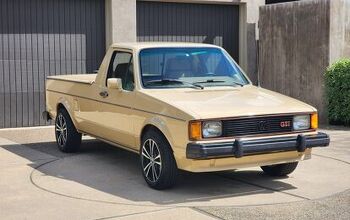

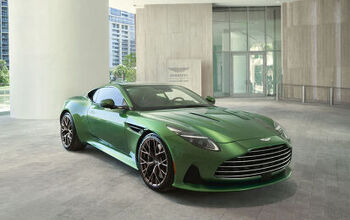
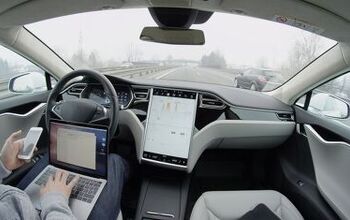

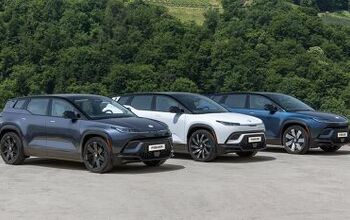
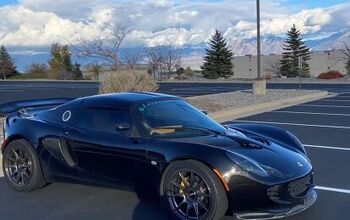
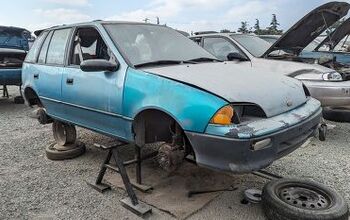
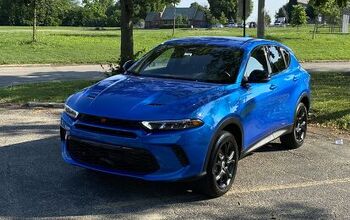



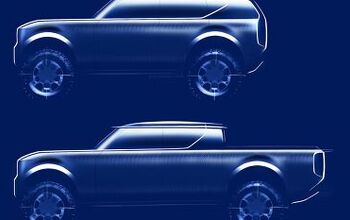
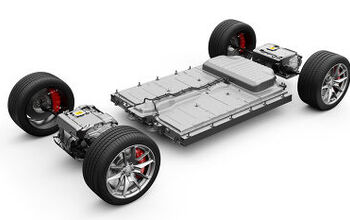
Comments
Join the conversation
somebody bring back the Toyota Matrix 6 speed, manual, and add a turbo for more HP and better fuel/environment
In my daily life I burn a lot. I use expanding combustion gasses to do work for me. When I am done, I let the gas drift away into the sky. Sometimes I release more than 30L/second during my activities of daily living. In my city, the rush hour commute sends around 2000 000 000L to heaven daily. I have analyzed the composition of my expanded combustion gas. In this demonstration, the lamp represents the sun; the bottles represent the earth and atmosphere. The seltzer gas represents one of the products from my tail pipe. Today’s subject: Anthropogenic waste gas. https://youtu.be/kwtt51gvaJQ